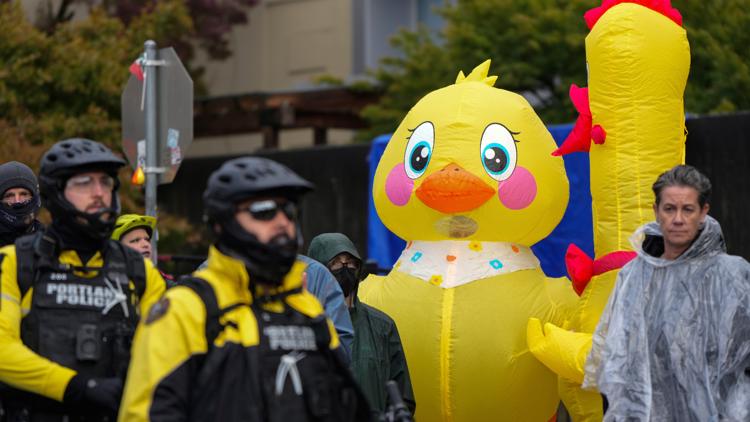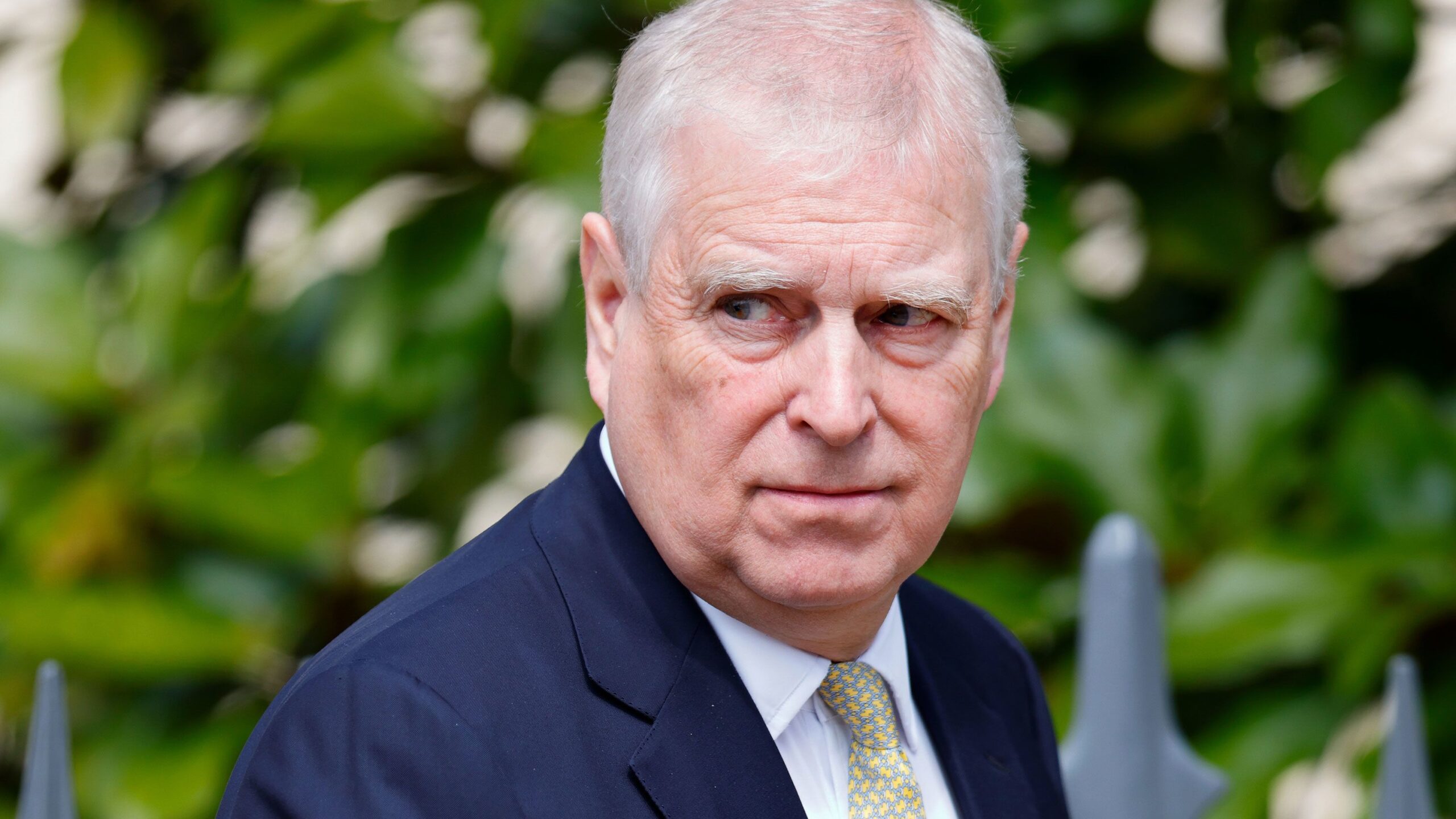Protesters across the United States have adopted a unique form of demonstration by donning inflatable costumes. This trend originated in Portland, Oregon, during protests against the U.S. Immigration and Customs Enforcement (ICE) and has since spread to various cities nationwide, capturing attention for its playful yet pointed critique of serious issues.
The inflatable costumes, which can range from whimsical characters to larger-than-life figures, serve as eye-catching symbols in protests. They aim to convey messages about immigration policies, environmental concerns, and social justice issues while also lightening the atmosphere of often tense demonstrations. By wearing these costumes, activists hope to engage a broader audience and encourage participation in their causes.
Origin and Growth of the Trend
The trend began in 2020 when a group of activists in Portland sought to stand out during ICE protests. The inflatable costumes provided a stark contrast to the usual somber tones of many protests, drawing media attention and public interest. As the movement grew, so did the variety of costumes, with participants opting for everything from inflatable dinosaurs to giant hot dogs.
According to protest organizers, the use of these costumes is intentional. They believe that humor can be a powerful tool for social change. “We wanted to create a space where people felt comfortable expressing their views,” said one protester, who wished to remain anonymous. “The costumes help break the ice and encourage conversations about important issues.”
The inflatable costumes have resonated with a diverse range of participants. Families, children, and individuals of all ages join in wearing these playful outfits, fostering a sense of community and inclusivity at protests. The costumes allow for a shared experience, making the serious subjects discussed more approachable.
Impact on Public Perception
The visibility of inflatable costumes at protests has sparked conversations beyond the immediate issues at hand. Many onlookers express a mix of confusion and intrigue, leading to discussions about the underlying messages of the protests. Social media has played a crucial role in amplifying this phenomenon, with images and videos of inflatable-costumed protesters going viral.
Critics, however, argue that the humorous approach could undermine the gravity of the issues being protested. Some activists counter this by emphasizing that the costumes are not meant to diminish the seriousness of their causes but rather to engage a wider audience. “We are fighting for lives, but we can do it with joy,” one protester stated.
As this trend continues to evolve, it raises questions about the effectiveness of humor in activism. Will inflatable costumes enhance or dilute the messages being conveyed? Only time will tell, but for now, they remain a vibrant and engaging aspect of the protest culture in the United States.
The inflatable costume movement has shown that activism can take many forms. As protesters continue to utilize creativity to express their dissent, it remains clear that the combination of humor and serious discourse can foster a unique and impactful dialogue.







